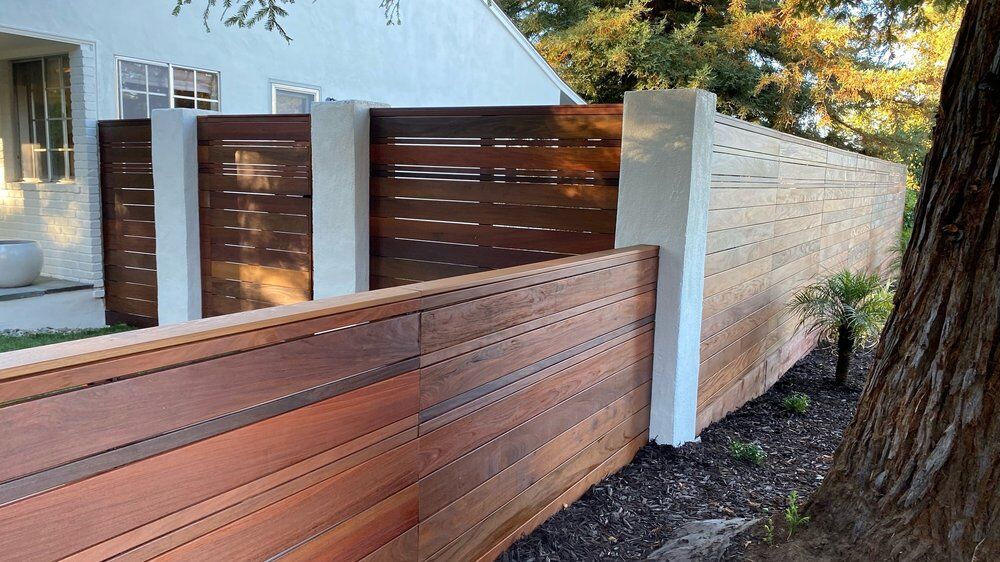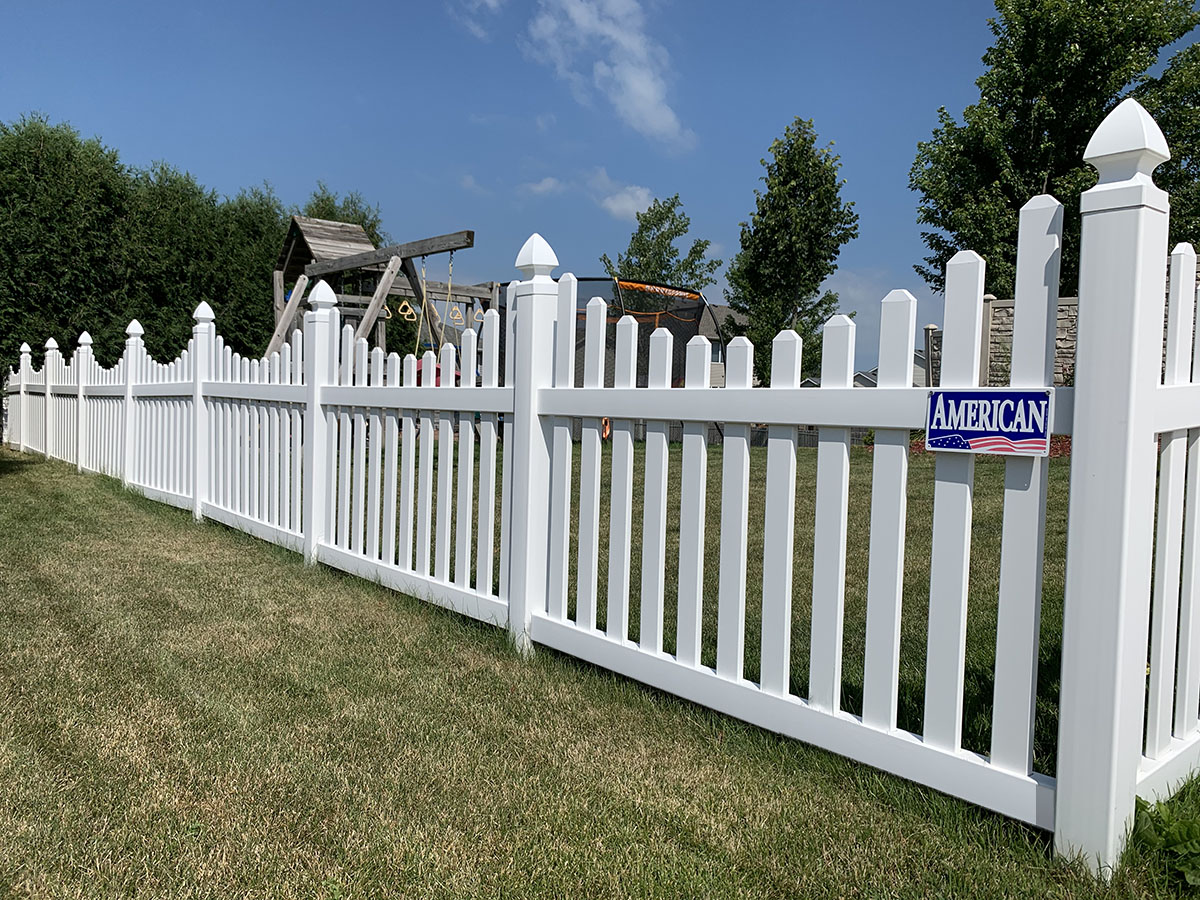All Categories
Featured

As sustainability ends up being a growing priority for services and home owners, the demand for green structure products extends to exterior rooms, including fencings. Conventional fencing products such as timber, steel, and plastic can have significant environmental effects, from logging to chemical therapies and plastic waste.
- Bamboo Fence. Bamboo is just one of the most sustainable materials on the market, and it is significantly made use of in fence building as a result of its quick development and toughness. Unlike wood trees, bamboo is a turf that can expand back fully within just a couple of years, making it highly sustainable. It's naturally resistant to bugs and rot, which indicates it does not need severe chemicals or treatments, making it a green choice.

Advantages: Bamboo fencings are long lasting, low-maintenance, and naturally degradable. They are naturally immune to termites and moisture, reducing the need for chemical preservatives. Furthermore, bamboo assists reduce soil disintegration due to its deep origin systems. Factors to consider: Bamboo can be extra pricey than some typical timber fence options, and it might not be suitable for locations with extreme cool or freezing temperature levels, as it can come to be brittle in time. 2. Recycled Materials Fencing. Several producers now provide fencings made from post-consumer plastic, recycled timber, or also repurposed steel. Many composite products, for instance, are made from recycled plastic bottles, wood scraps, and other materials that would certainly otherwise be thrown out.
Perks: Recycled material fences aid save all-natural resources, reduce air pollution, and lower the environmental effect of the manufacturing procedure. They can additionally offer impressive longevity, standing up to decay, mold and mildew, and termites. Considerations: While recycled product fences are very long lasting and environment-friendly, they may not have the exact same all-natural visual that some home owners seek. Producers now offer layouts that simulate the appearance of timber or stone. 3. Composite Fence. Composite secure fencing is made from a mix of timber fibers and plastic, commonly including recycled products. This mix develops an extremely long lasting, low-maintenance fence that does not call for regular paint or staining, making it a sustainable choice. Compound fences are immune to rot, bugs, and weathering, which suggests they can last for several years without the requirement for frequent replacements.

Conveniences: Composite fencings are resilient and can hold up against rough climate problems, minimizing the need for fixings or replacements. Since composite materials typically consist of recycled content, they help in reducing plastic waste. Furthermore, they do not need damaging chemicals or treatments. Considerations: Composite fencings can have a greater in advance price than standard timber or plastic, though their toughness and reduced upkeep costs often make them a more affordable alternative in the future. 4. Living Fencings. Living fencings, likewise called hedgerows, are a green and visually pleasing option that entails planting thick shrubs, trees, or climbing plants along your home line to create a natural barrier. Popular plants for living fences include boxwood, privet, and holly. These plants can be expanded to give personal privacy, windbreaks, and sound decrease while adding to environmental health and wellness.
Perks: Living fencings promote biodiversity, improve air high quality, and take in co2, making them one of the most eco-friendly fence alternatives. They likewise provide a natural habitat for birds and insects and can lower environmental pollution and help manage temperatures in your lawn. Factors to consider: Living fences require regular maintenance, such as trimming, watering, and often pest control. They also take some time to establish and may not offer immediate privacy contrasted to strong wood or vinyl fencings. 5. Cedar and Redwood Secure Fencing. Cedar and redwood are prominent all-natural wood alternatives for fences. These materials are resilient and naturally immune to rot, parasites, and dampness, which indicates they commonly don't call for making use of harmful chemical therapies. When sourced from sustainably taken care of forests, cedar and redwood fencings can be an eco-friendly selection that supplies both elegance and longevity.
Perks: These timbers are biodegradable, sustainable, and deal exceptional durability and natural appeal. Cedar and redwood additionally have a lower ecological influence when gathered sensibly, making them an environment-friendly choice for many property owners. Considerations: While cedar and redwood fences have ecological advantages, they do still require periodic maintenance and are much more expensive than other wood options. It's important to make certain that the timber is sourced from sustainable woodlands to maximize its environmental advantages. 6. Stone and Block Secure Fencing (Reclaimed) Rock and brick fences are exceptionally sturdy and low-maintenance, and they can be environment-friendly when made from recovered materials. Recovered stone and block are usually recovered from old buildings or building and construction tasks, reducing waste and preserving natural deposits. These materials use an ageless look and are highly resistant to weathering, making them a durable option for secure fencing.
Benefits: Reclaimed rock and block are resilient, cosmetically pleasing, and need marginal upkeep. By repurposing these materials, you assist lower the demand for brand-new resources and decrease waste in garbage dumps. Factors to consider: The setup of rock and block fencings can be labor-intensive and much more expensive contrasted to other products, yet their long life and reduced maintenance requirements can make them cost-efficient in the long run. Conclusion. Eco-friendly fencing alternatives are not only great for the atmosphere yet additionally use longevity, reduced maintenance, and aesthetic appeal. Whether you choose bamboo, recycled products, composite secure fencing, living fences, or lasting wood like cedar and redwood, there are several means to reduce your environmental footprint while boosting your residential or commercial property's look. By selecting these eco-conscious materials, you can add to a healthier planet and create an outdoor room that mirrors your worths.
Latest Posts
Trustworthy Overhead Door Solutions for Homes and Companies
Published May 25, 25
1 min read
Selecting the Right Roof Covering Color: Effect on Energy Efficiency
Published May 23, 25
1 min read
Uncover Montclare Auto Repair’s Leading Car Care Solutions and Why Drivers Trust Them
Published May 23, 25
1 min read
More
Latest Posts
Trustworthy Overhead Door Solutions for Homes and Companies
Published May 25, 25
1 min read
Selecting the Right Roof Covering Color: Effect on Energy Efficiency
Published May 23, 25
1 min read
Uncover Montclare Auto Repair’s Leading Car Care Solutions and Why Drivers Trust Them
Published May 23, 25
1 min read